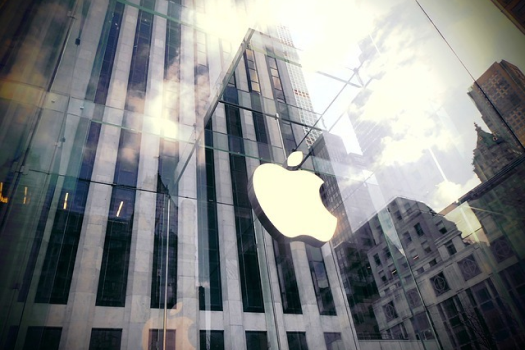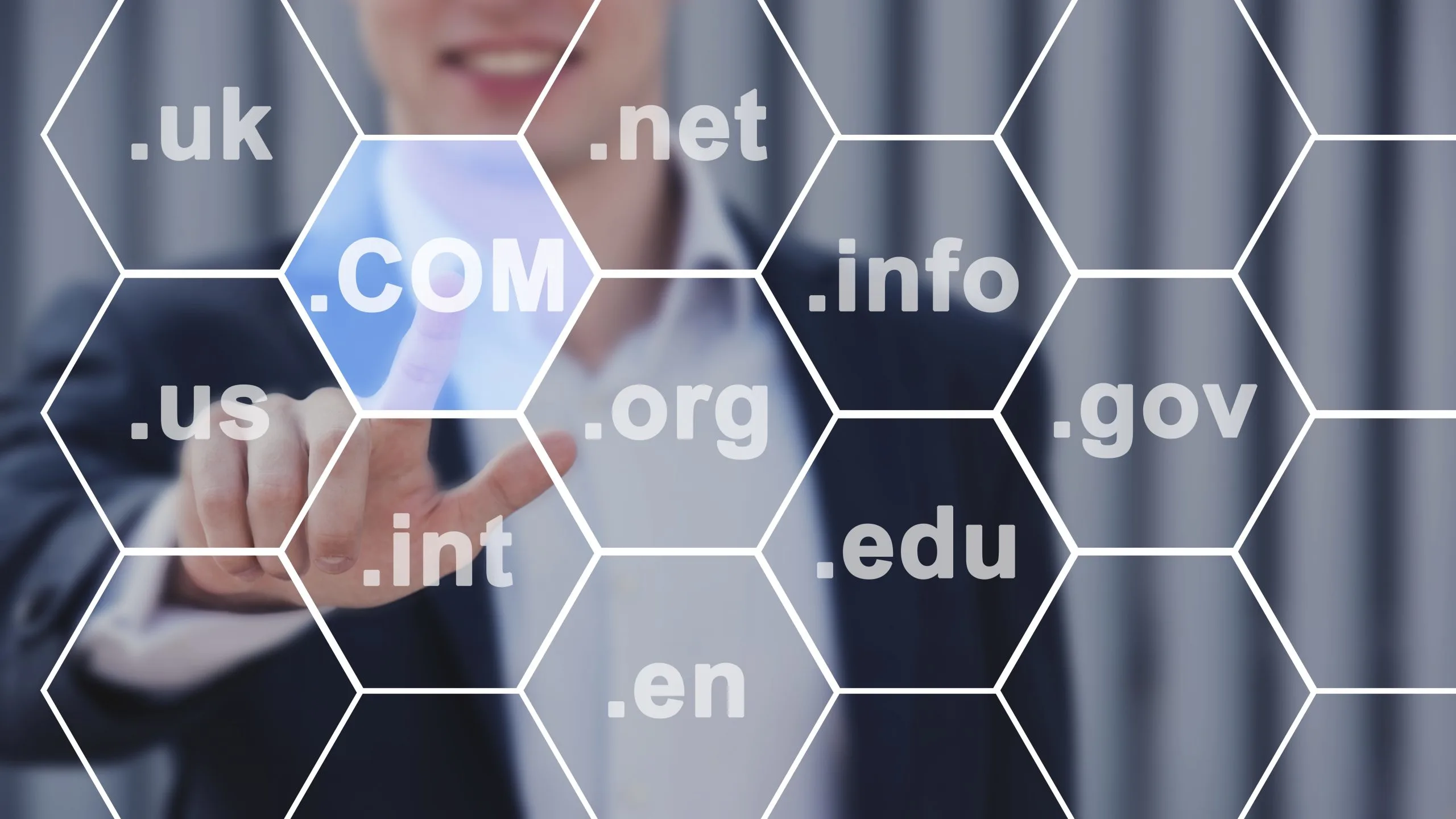Contents
SaaS, or Software as a Service, represents a transformative approach to software delivery. In this model, the software is hosted on the servers of a SaaS company, allowing users to access it remotely via the Internet. This contemporary paradigm has become ubiquitous in the software industry, especially saas b2b e-commerce. Users no longer need to install applications locally; instead, they can seamlessly interact with the software through web browsers. This approach offers unparalleled convenience, as the burden of server maintenance and updates falls on the SaaS provider. From customer relationship management (CRM) to project management, a myriad of applications adopts the SaaS model. By facilitating remote accessibility, saas b2b e-commerce redefines how users engage with software, marking a paradigm shift in the way businesses and individuals leverage technological solutions.
How Does a SaaS Company Work?
SaaS companies operate by hosting saas software and saas applications on cloud computing servers and providing saas users access via the internet connection. Users pay a recurring subscription based pricing model fee, granting them access to the software as a service without the need for installation on their internet enabled devices. Common SaaS offerings include customer relationship management (CRM), enterprise resource planning (ERP), accounting, project management software, web hosting, eCommerce, human resources, and data management. Additionally, Saas email marketing and Saas content marketing are other prevalent categories, offering businesses a cloud-based solution for efficiently managing and executing email marketing campaigns.
The saas model provides benefits over traditional software by allowing saas providers and cloud service providers to maintain the software applications and roll out updates from a centralized cloud platform. SaaS businesses can leverage cloud providers like Microsoft Azure and Google Cloud to deliver their saas products and saas services. Key advantages include lower upfront costs, scalability, automatic updates, cross-device accessibility, and robust data security and cloud security handled by the saas vendor.

Examples of SaaS Companies:
- Salesforce is a leading CRM software that helps organizations manage client information and simplify sales operations. Its user-friendly design and comprehensive capabilities make it a top choice for improving customer relationship management and driving corporate success.
- Workday provides cloud-based ERP solutions for finance and human resources. Workday revolutionizes ERP procedures by delivering complete solutions to optimize financial management and HR activities, hence increasing overall business performance.
- QuickBooks is a leading accounting software that provides comprehensive financial management solutions for businesses. QuickBooks, known for its user-friendly design, simplifies difficult accounting procedures, making it an indispensable tool for organizations seeking efficient and precise financial management.
- Asana is a project management tool that helps teams collaborate and execute projects efficiently. Asana's straightforward features enable teams to effectively organize tasks, manage progress, and meet project milestones, making it an invaluable asset for project-focused enterprises.
- Shopify is a renowned provider of web hosting and eCommerce solutions. Shopify offers a complete platform for online stores, allowing companies to easily develop, maintain, and improve their online presence, supporting a healthy eCommerce ecosystem with rich features and customized choices.
- Tableau is a pioneer in data visualization and business intelligence tools. Tableau's advanced analytics tools translate raw data into useful insights, allowing organizations to make better decisions. It is a valuable tool for firms seeking effective data management and strategic decision-making skills.
Benefits of a SaaS Model:
Software as a service (SaaS), or full form of saas, offers a subscription based pricing model where businesses and saas users can access saas software and saas applications over the internet connection, without the need for upfront licensing fees or on-premise installations. This cloud-based approach and saas model provides several advantages over traditional software. Firstly, it eliminates the need for costly upfront payments, allowing users to pay on a monthly or annual basis for saas solutions and saas offerings from saas providers and cloud service providers. Secondly, saas apps are easily scalable, enabling saas businesses and saas companies to adjust their saas service subscriptions as per their changing needs.
Additionally, saas vendors handle software updates and maintenance, reducing the burden on businesses. Furthermore, saas products can be accessed from any internet enabled device, promoting mobility and remote access via web browsers and web based software.With its cost-effectiveness, scalability, automatic updates, and accessibility, software as a service is gaining widespread adoption as businesses embrace cloud computing and seek agile, flexible saas solutions.
SaaS enables access to customer relationship management (CRM), enterprise resource planning (ERP), project management software, human resources, marketing automation, and other business software and computing resources over the cloud. Saas providers like Microsoft Azure, Google Cloud, and other cloud providers offer robust data security and cloud security for SaaS deployments. The saas characteristics of on-demand, centralized software distribution model makes it attractive for businesses of all sizes.
For Customers:
Lower Costs: SaaS eliminates upfront licensing fees, and subscription-based pricing reduces costs for users. This cost-effectiveness allows businesses to allocate resources more efficiently.
Flexibility & Scalability: Users pay based on usage, allowing for cost adjustments and scalable solutions. This flexibility ensures that customers only pay for the services they need, promoting cost efficiency.
Quick Benefits: Immediate access to SaaS tools without complex installations leads to quick benefits, providing users with rapid solutions and enhancing productivity.
Higher Adoption: Cloud-based accessibility increases user adoption and satisfaction. Users can easily access SaaS tools from anywhere, fostering a positive user experience.
Free Upgrades: Upgrades occur seamlessly without user downtime, ensuring continuous service. Users benefit from the latest features and improvements without disruptions.
For Businesses:
Recurring Revenue: SaaS models generate predictable, recurring revenue, attracting investors. This steady income stream contributes to long-term business sustainability.
Consistent Development: Developers maintain and update SaaS products consistently, ensuring optimal performance. Regular updates enhance security, features, and overall user experience.
Predictable Cash Flow: Recurring subscription revenue provides stability and predictable cash flow. This financial predictability allows businesses to plan and allocate resources effectively.
Customer Retention: Features like free upgrades and quick benefits contribute to higher customer retention. Satisfied customers are more likely to continue their subscriptions, fostering loyalty and reducing churn.
Stages of a SaaS Business:
- Startup: Creating and marketing a working product.
- Hypergrowth: Experiencing rapid user adoption.
- Stability: Achieving a level of steady profit and user growth.

Understanding the SaaS Business Model
Software-as-a-service (SaaS) is a groundbreaking saas distribution and saas model for saas software that has changed enterprises and established a new set of behaviors. Saas providers deliver saas applications, saas solutions, and saas offerings over the internet, rather than through traditional on-premise installations. Saas companies host and manage the saas apps and saas products on their own saas platforms and saas service, making them accessible to saas users from any internet-connected device.
To successfully navigate the saas space, entrepreneurs must first understand the saas characteristics and complexities of this saas business. This detailed study delves into the characteristics of saas businesses, giving light on why SaaS is gaining popularity, the various sales strategies, and critical saas market success metrics. Key aspects include saas security, scalability, subscription-based pricing, automatic updates, and the ability to leverage saas tools and saas solutions without the need for extensive hardware investments.
Why is SaaS Taking Over the World?
Customers love SaaS for its seamless functionality, eliminating the need for installations and minimizing data loss risks. The SaaS marketing plan highlights these benefits to attract a broad user base. Developers appreciate the delivery model, and businesses and investors are drawn to the attractive economics of recurring revenue. SaaS businesses achieve impressive growth with predictable cash flows, making them some of the fastest-growing entities in the software industry.
SaaS Sales Models
There are two primary ways to sell SaaS: low-touch and high-touch. The chosen sales model significantly influences a SaaS company's product, structure, and success.
Low-touch SaaS Sales:
- Geared for self-service, with minimal one-on-one interaction.
- The main channels include the website, email marketing, and free trials.
- Customer support is optimized for scalability, with a focus on self-service and education.
- Typically priced on a month-to-month subscription, with price points ranging from $10 for B2C to $20-$500 for B2B.
High-touch SaaS Sales:
- Involves a human-intensive process to convince and support businesses in adopting the software.
- Core components include specialized sales roles, such as sales development representatives, account executives, and account managers.
- Customer support is heavily utilized, with a higher number of tickets per account.
- Targets businesses with varying average contract values (ACV), ranging from $6K to six figures for enterprise deals.
Hybrid Sales Approaches
While some companies successfully run both low-touch and high-touch models for the same product, it's rare. Hybridization often involves adopting certain elements of the other sales model, like integrating customer success teams into low-touch approaches.
The Fundamental Equation of SaaS
The SaaS model can be distilled into a simple equation:
Revenue = Acquisition×Conversion×ARPU Churn
This equation highlights the importance of customer acquisition, conversion rates, average revenue per user (ARPU), and churn in determining the long-term revenue of a SaaS business.
Risks in a SaaS Business Model
Improving client acquisition, conversion rates, and ARPU has a multiplicative influence on a SaaS firm.
Leverage Improvements: Because of the high margins, even little improvements in conversion rates or attrition have a significant impact on a SaaS company's enterprise value.
Pricing as an Effective Lever: Adjusting pricing is a simpler lever for improvement than acquisition, conversion, or churn.
SaaS Businesses Reach Asymptote: A SaaS firm reaches a revenue plateau when its acquisition, conversion, and attrition rates remain constant. Continuous improvement is critical for long-term growth.
Capital-Intensive expansion: SaaS firms may incur considerable upfront expenditures for rapid expansion, which is frequently funded by selling shares to investors.
How Does a SaaS Company Differ from a Software Company?
SaaS distinguishes itself by delivering software over the internet, offering low-maintenance, multiplatform solutions. Examples include Microsoft's Office 365 and Hubspot's cloud-based marketing software.
SaaS companies manage servers, databases, and software, providing internet-accessible applications. Users pay subscription fees based on factors like data storage, user numbers, or support levels. Examples span CRM, ERP, accounting, and project management.

Benchmarks to know
Low-touch SaaS Benchmarks:
- Conversion rates for trials with no credit card requirement: A score of less than 1% indicates poor product-market fit, whereas a score of 2% or more is regarded as outstanding.
- Conversion rates for trials when a credit card is required: A fit score of less than 40% may indicate poor fit, while a score of 60% is regarded as acceptable.
- Customer turnover rates are as follows: 2% is sticky, 5% is normal, and 10% or higher is cause for concern.
High-touch SaaS Benchmarks:
- Annualized turnover rates: 10% is appropriate for the early years, whereas 7% is outstanding.
- Net revenue churn: The gold standard is negative net churn, which occurs when upgrades and cross-selling surpass client terminations.
Conclusion
To summarize, understanding the saas business model and saas characteristics is critical for entrepreneurial success in today's dynamic saas market. A thorough understanding of its complex saas distribution and sales dynamics, as well as important saas metrics and benchmarks, is critical for saas companies looking to effectively navigate the changing saas space. As software as a service (SaaS) continues to reshape how saas software and saas applications are supplied and consumed, entrepreneurs must keep current on industry trends, saas users' expectations, and emerging saas technologies like cloud computing, web based software, and internet enabled devices.
This intelligence enables them to make educated decisions, optimize sales techniques, and maintain a competitive advantage. Businesses that embrace the complexity of the SaaS ecosystem and explore the Demand Generation vs Lead Generation tactics position themselves to flourish in the current climate and adapt and innovate in response to continuous industry shifts. In this age of digital revolution.In this age of digital revolution, leveraging cloud services, cloud providers like Microsoft Azure and Google Cloud, customer relationship management (CRM) tools, project management software, and robust saas security and data security measures is essential for saas solution providers to thrive.
Frequently Asked Questions
What is a SaaS company?
SaaS (Software as a Service) company provides software applications that users can access online via a subscription model. Instead of downloading or installing software on a device, users interact with it through a web browser or app. Examples include Salesforce, Zoom, and HubSpot.
How does a SaaS business model work?
SaaS companies operate on a subscription-based model where customers pay recurring fees (monthly or annually) to access the software. This ensures continuous revenue streams, with upgrades, support, and maintenance typically included in the subscription.
What are the advantages of using SaaS products?
SaaS products are accessible from anywhere, require no installation or complex setup, and eliminate the need for costly infrastructure. They often include automatic updates and integrations, making them scalable and user-friendly for businesses of all sizes.
How do SaaS companies generate revenue?
Revenue primarily comes from subscription plans, often tiered to cater to different user needs. Some SaaS companies also earn through freemium models, where basic services are free, and premium features are paid. Add-ons, professional services, and integrations may provide additional revenue streams.
What is the difference between SaaS and traditional software?
Traditional software is typically purchased as a one-time license and installed locally on a device. SaaS, on the other hand, is accessed via the cloud and follows a subscription model. SaaS offers better scalability, lower upfront costs, and easier updates compared to traditional software.
How do SaaS companies handle customer data?
SaaS companies store customer data in secure cloud environments, often managed by third-party providers like AWS or Azure. They follow stringent security measures, including encryption, compliance with data privacy laws (e.g., GDPR, CCPA), and regular vulnerability testing to protect user information.
What are common challenges for SaaS companies?
Challenges include high customer acquisition costs (CAC), retaining customers to reduce churn, maintaining data security, scaling infrastructure, and keeping up with intense competition in the market. Continuous innovation and customer support are critical for overcoming these obstacles.
What industries do SaaS companies typically serve?
SaaS companies serve a wide range of industries, including healthcare, education, finance, retail, marketing, and more. Many SaaS solutions cater to specific industries, while others, like project management tools (e.g., Asana or Trello), are industry-agnostic.
How do SaaS companies measure success?
SaaS companies track metrics such as Monthly Recurring Revenue (MRR), Customer Lifetime Value (CLV), Customer Acquisition Cost (CAC), churn rate, and customer retention rate. These metrics help evaluate growth, profitability, and customer satisfaction.
How do SaaS companies market their products?
SaaS companies rely on a mix of content marketing, SEO, PPC ads, email campaigns, and social media marketing to attract and engage customers. Many also use free trials, freemium models, and referral programs to encourage user adoption and conversions.
Related Blogs
We explore and publish the latest & most underrated content before it becomes a trend.
9 min read
.COM vs .ORG vs .NET vs .CO vs .IO – Which Domain Should you choose?
By Praveen Kumar
Subscribe to Saffron Edge Newsletter!











